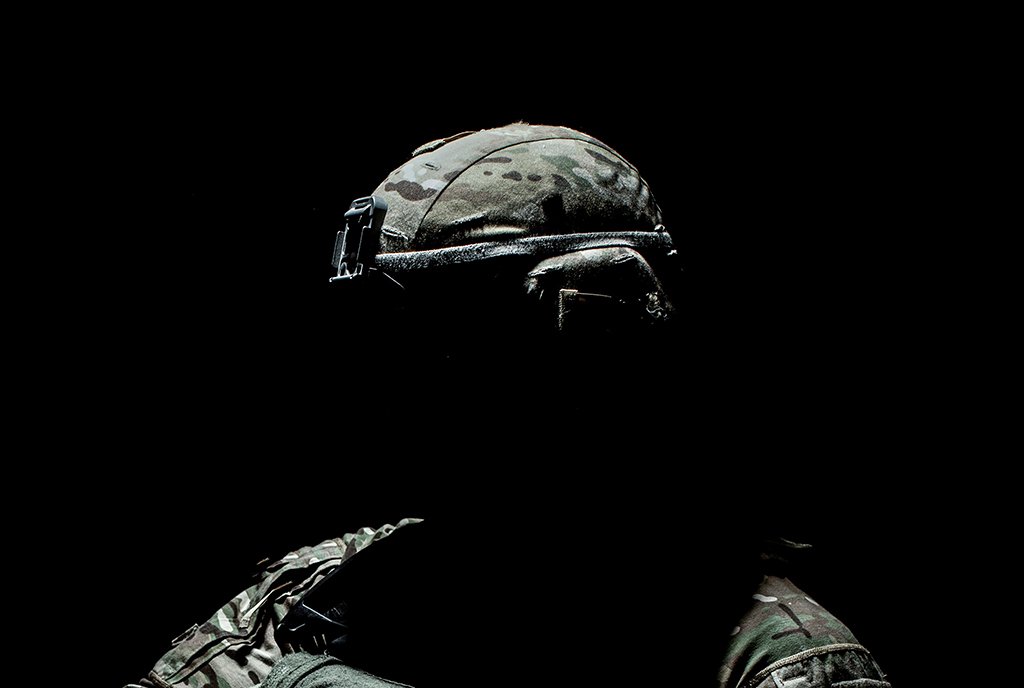Overcoming Barriers to Veterans’ Physical and Mental Health
Tuesday, May 28, 2024
 The veteran population in the United States disproportionately suffers from several physical and mental health challenges, but changes to the policies and processes that underlie veteran health could have a tremendous impact. Veterans’ organizations in the public sector and government agencies like the US Department of Veterans Affairs (VA) are working to improve veterans’ access to healthcare and mental health services. Despite those efforts, more work is needed to make good on our nation’s commitments to honor veterans. When it comes to the physical health and wellbeing of the veteran population, the statistics are disparaging. The suicide rate, which has been climbing in the United States in general, is even more devastating for the veteran population. According to the VA’s 2023 National Veteran Suicide Prevention Annual Report, the suicide rate for veterans is significantly higher than for nonveterans. More work is needed to make good on our nation’s commitments to honor veterans. Veterans who are unhoused, who have a mental health or substance use disorder diagnosis, or who reside in rural areas were among those most likely to die by suicide. Some racial groups had significantly higher rates of suicide than others; in 2021, American Indian and Alaska Native veterans (46.3 per 100,000), White veterans (36.3 per 100,000) and Asian, Native Hawaiian and Pacific Islander veterans (31.6 per 100,000) had the highest rates. The overall unadjusted suicide rate for veterans in 2021 was 33.9 per 100,000; for nonveteran US adults it was 16.7 per 100,000. Therefore, in 2021, veterans experienced a suicide rate more than double the rate for the country overall. In the same year, LGBTQ+ veterans, and younger people who left the military in more recent years were among the subpopulations at a heightened risk of suicide. Veterans face unique health challenges. Due to their service, they are at a higher risk for musculoskeletal injuries, chronic pain, mental health issues and PTSD, traumatic brain injury, and chemical and noise exposure. Veterans also suffer from several chronic illnesses at higher levels when compared to the average US population, including coronary heart disease, stroke, skin cancer and other cancers, chronic obstructive pulmonary disease, emphysema, chronic bronchitis, arthritis, rheumatoid arthritis, gout, lupus, fibromyalgia, depressive disorders, and diabetes. When considering the health needs and challenges of the veteran population, it is crucially important to understand that veterans are not a monolith and differences in military service have implications for health and wellbeing. For example, enlisted veterans tend to have poorer health, social, and vocational wellbeing than former military officers. Veterans who have been deployed to a war zone have more physical and mental health concerns than those who were not deployed. Though the challenges facing veterans are significant, they are not insurmountable. The health consequences of deployment are a mounting concern for veterans. As an article in Healthcare points out, “The physical demands on U.S. service members have increased significantly over the past several decades as the number of military operations requiring overseas deployment have expanded in frequency, duration, and intensity.” Advocates for veterans’ health, many of them veterans themselves, have created nonprofits and other solutions that could help improve veterans’ health and wellbeing. They have also made important recommendations regarding the improvements needed to address veterans’ access to healthcare and the quality of care received. Policies Veterans Need to Protect Their Physical and Mental HealthThough the challenges facing veterans are significant, they are not insurmountable. Nonprofit leaders and government officials have recommended policy changes, interventions, as well as program and process enhancements that could radically transform the state of healthcare for veterans, including those whose lack of social support and other circumstances make them more vulnerable to poor health outcomes. The recommendations include: - Auto-Enroll Veterans into Healthcare Programs
With the number of health issues veterans experience, it is no surprise that healthcare is veterans’ top concern after they are discharged from the military. But many veterans don’t have access to care, and not all of those who have access enroll in a health plan. Though there were 18 million veterans in 2023, only about half were eligible for care through the VA, and only 6 million were using it. Veterans are not automatically enrolled in healthcare upon completing military service. For many, enrolling in healthcare services can be a confusing and arduous task. In a STAT article, Jenn Kerfoot, who’s also a veteran, argues that veterans who are honorably discharged should be auto-enrolled in health plans because “it shouldn’t be easier to enlist in the military than it is to get good health care.” By automatically enrolling veterans in healthcare programs upon discharge, we ensure that veterans can access the services they need to ensure their physical and mental health and wellbeing during what can be a very difficult transition.
|